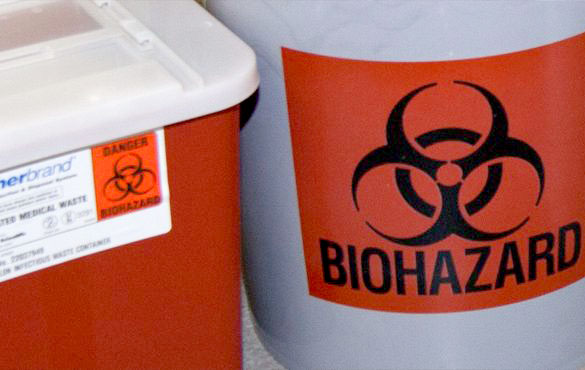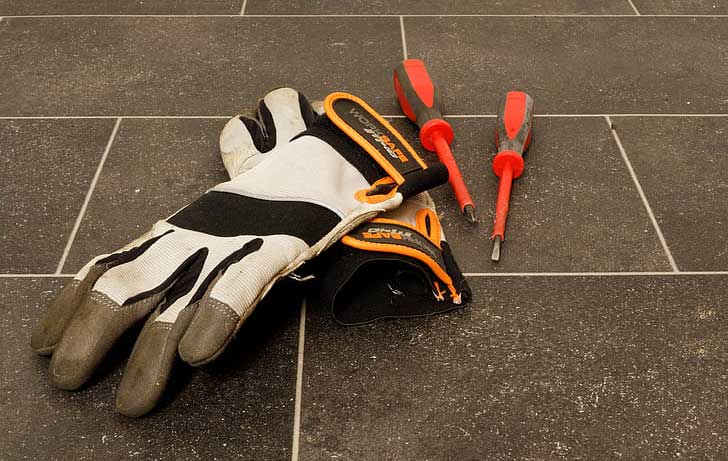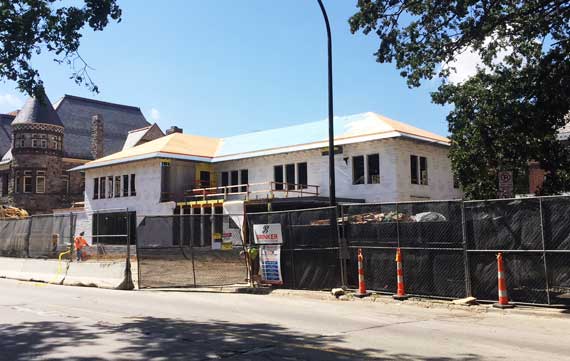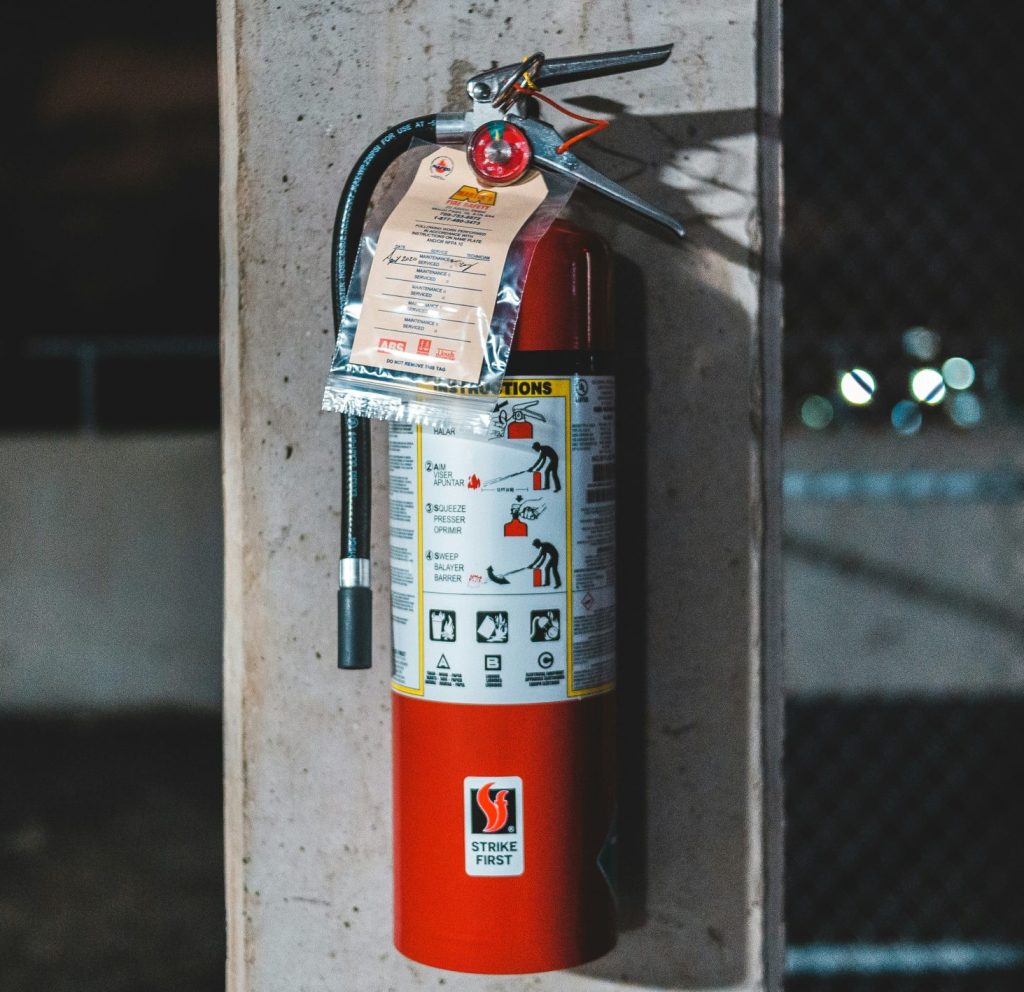Fume Hood Use
A fume hood is a ventilated, enclosed work space intended to capture, contain, and exhaust harmful or dangerous fumes, vapors, and particulate matter generated by procedures conducted within the fume hood.
Environment, Health & Safety (EHS) is responsible for the following activities regarding fume hoods:
- Providing technical support in choosing the proper fume hoods or other engineering controls for working with hazardous substances in research laboratories
- Approving the use of the following special hazardous substances in a fume hood:
- Radioactive material
- Perchloric acid (requires a special fume hood approved by EHS)
- Certifying the fume hoods and maintaining the certification documentation
- Writing guidance documents about proper use
Standard Operating Procedures, Guidelines, and Manuals
The following documents may be required for your research operation, depending on what type of research you are performing, the potential hazards you and your staff will be exposed to, and the engineering controls you are implementing.
Related Documents
Fume Hood Certification
Fume Hoods must have the air flow checked and be certified:
- Once a year by EHS
- After maintenance work is performed (new motor, repairs, modifications, relocation, a new fume hood being installed, etc.)
Ductless Fume Hoods
Ductless fume hoods are not an acceptable alternative for traditional ventilated fume hoods because they do not offer the same level of protection to lab personnel as traditional ventilated fume hoods. They do not remove certain hazardous contaminants from the work space and may cause personnel to be exposed. In addition, the National Fire Protection Association (NFPA) 45 explains that ductless chemical fume hoods are only applicable for use with nuisance vapors and dusts that do not present a fire or toxicity hazard. EHS does not recommend the use of ductless fume hoods for the following reasons:
- Ductless fume hoods often do not meet face velocity criteria for containment of chemicals. If the ductless fume hood does meet face velocity, there is no guarantee that the filtration system will adequately remove the chemical contaminants from the filtered air.
- A ductless fume hood is “designed” to be used when only one chemical is used so that the filtration and maintenance schedule can be calculated based on that specific use. When multiple chemicals are used the filter can reach saturation without anyone realizing it. In a university setting chemical use changes continually as research needs shift, exposing the filter to many chemicals and concentrations. With these variables, it is difficult to determine the filter type and to estimate the saturation point before chemical breakthrough will occur on the filter.
- Filters that are saturated with:
- Flammable chemicals can be a fire hazard
- Other chemicals may be a potential source of chemical exposure and create special handling and disposal considerations to remain compliant with environmental rules
- Filters for ductless fume hoods cost between $600-$1,200/filter and per EHS recommendations, should be replaced at a minimum every six months.
- Filters must be disposed as hazardous waste, which is expensive for U-M and individual departments.
- Periodic exposure monitoring for personnel using ductless fume hoods may be necessary to assess chemical exposure.
Lab directors must obtain approval from EHS to purchase a ductless fume hood. EHS Radiation Safety Service and Research Health and Safety must evaluate each laboratory’s experimental procedures and radioisotope usage to determine if a ductless filtration fume hood is adequate for the experiments.
If a lab director is approved to purchase a ductless fume hood, the following work practice controls must be implemented in the laboratory and during research activities.
- Write an SOP for proper use, training, and maintenance of the system
- Use only chemicals listed by the manufacturer as acceptable for the specific filter installed
- Use only small quantities of chemicals in the fume hood
- Do not conduct reactions involving pressure and heat in the fume hood as these will damage the filter system
- Do not store chemicals in fume hood because there would be potential to quickly overwhelm the filter if a spill occurred
- Keep all chemical containers capped while in the fume hood
- Evaluate filter saturation and maintain a replacement schedule
- Document all filter changes and maintain a log of use





